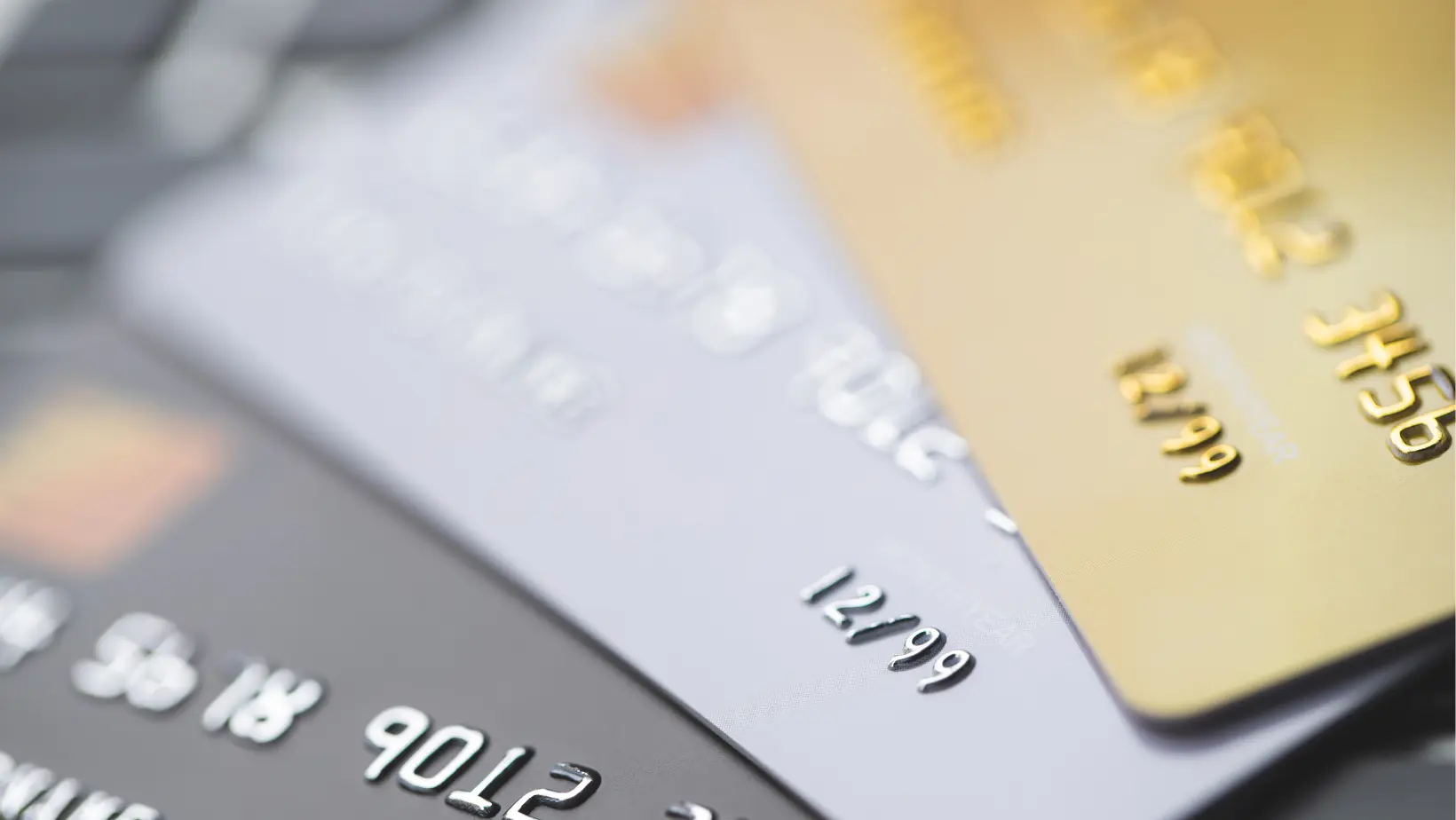Is It acceptable for restaurants in 2023 to not offer credit card payment options to diners?

Table of Content

I recently had an experience that left me astonished. While traveling through Germany (using EUR) on my way to another Swiss city (CHF), I stopped at a restaurant. A sign at the entrance read, "No credit card accepted. Thanks for your understanding." I was on the verge of turning around and leaving when my wife mentioned she had cash in CHF, despite the restaurant being in EUR country. We thought we were in the clear, but while dining, we were informed that there would be a 50% markup on the foreign exchange rate. This essentially implied that withdrawing cash in EUR from an ATM would have been more cost-effective for us, even with the steep commission fees and the highly unfavorable foreign exchange rates they apply.
The irony? The food was exceptional. But the payment experience was so off-putting that I've vowed never to return.
In the digital age of 2023, it's baffling to encounter a restaurant that doesn't accept credit card payments. Is it really for the minuscule 1% - 3% bank charges? If that's the case, it's a decision that's not only outdated but also detrimental to the business.
Today, many young individuals don't even carry credit cards. They've transitioned to paying via their smartphones.
Surprisingly, a significant number of ATMs and businesses appear unaware of this transition, often overlooking customer convenience by still requiring a physical credit card for cash withdrawal operations. In this article, we'll explore why customers are gravitating towards digital payments and offer recommendations for restaurants to improve their margins, covering credit card transaction expenses.
Here's why I, like many others, have moved away from cash:
- Safety: Carrying large amounts of cash can make you a target for theft. Digital payments reduce this risk.
- Hygiene: Especially in the wake of global health concerns like COVID-19, cashless transactions are seen as more hygienic, reducing the physical exchange of potentially germ-laden bills and coins
- Ease of Tracking: Digital transactions automatically create a record, making it easier to track spending, manage budgets, and review financial statements.
- No Need for Exact Change: With digital payments, there's no need to worry about having the exact amount or waiting for change.
- Speed: Tapping a card or phone often processes payments faster than counting out cash and waiting for change.
- Integration with Rewards: Many digital payment methods, especially credit cards, come with rewards, cashback, or points systems that can offer additional value.
- Global Transactions: Digital payments are more convenient for international transactions, eliminating the need to exchange currencies.
- Reduced Clutter: Without cash, there's no need to deal with coins or crumpled bills in wallets or pockets.
- Automatic Payments: Bills can be set up for automatic payments, ensuring that you never miss a due date.
- Accessibility: For people with physical disabilities, handling cash can sometimes be a challenge. Digital transactions can be more accessible.
- Currency Updates: In countries where currency notes are demonetized or new notes are introduced, digital transactions remain unaffected.
- Instant Transfers: Sending money to friends, family, or businesses can be done in seconds without the need for a physical exchange.
- Backup & Security: If you lose cash, it's gone. Digital payment methods often come with security protocols like encryption, two-factor authentication, and the ability to freeze accounts, offering a layer of protection against fraud.
- Environmentally Friendly: Reducing the production of paper and metal currency can have environmental benefits.
- No Need for a Wallet: I haven't owned a wallet in years. My driver's license is digitally stored on my phone, and I don't even need a physical credit card. If my phone's battery depletes, I always have a charger on hand. Without a wallet, I either end up misplacing cash or inadvertently damaging the notes.
- Exorbitant Fees: Using cash outside of your home country or sometimes even at a different bank can result in high fees, especially if you're using a credit card to withdraw. I once lost my debit card simply because it wasn't integrated with my phone, rendering it useless to me.
To all the restaurant and shop owners out there: You have every right to run your business as you see fit. However, understand that by refusing modern payment methods, you're not just saving on bank charges. You're potentially losing out on a significant portion of revenue from customers like me. As the world continues to digitize, this percentage is only set to grow. It's time to adapt or risk being left behind.
How to Increase Margins to Compensate for Credit Card Transaction Fees
Increasing your business margins to offset credit card transaction fees requires a combination of cost-cutting, price adjustments, and value-added strategies. Here's a step-by-step guide to help you achieve this:
Step 1: Understand Your Fees
- Review your credit card processing agreement to understand the fee structure.
- Calculate the average monthly cost of these fees as a percentage of your sales.
Step 2: Analyze Your Pricing
- Review your current pricing strategy. Are your prices in line with the market and the value you provide?
- Consider a slight price increase, ensuring it's in line with the value you offer and what the market can bear.
Step 3: Reduce Costs
- Identify areas where you can cut costs without compromising product or service quality.
- Negotiate with suppliers for better rates or bulk discounts.
- Streamline operations to improve efficiency and reduce waste.
- Offer Value-Added Services or Products
- Introduce complementary products or services that have high margins.
Step 4: Implement a Minimum Transaction Amount
- For small purchases, credit card fees can eat into margins. Consider setting a minimum card transaction amount to ensure profitability.
- Introduce loyalty programs that encourage repeat business. While this doesn't directly increase margins, it can increase overall profitability through repeat sales.
- Offer discounts for bulk purchases or upsells. This can increase the average transaction amount, helping to offset the fixed component of transaction fees.
Step 5: Review and Change Your Payment Processor
If your fees are significantly higher than industry averages, consider switching to a more cost-effective payment processor. Negotiate with your current provider for better rates, especially if your transaction volume has increased.
Step 6: Educate Your Customers
If you introduce any changes, such as a minimum transaction amount, communicate the reasons to your customers. Most will understand that businesses have costs and will appreciate the transparency.
Step 7: Monitor and Adjust
- Regularly review your margins and the impact of credit card fees.
- Adjust your strategies as needed, based on customer feedback and financial analysis.
- Consider Surcharge or Cash Discounts (where legal)
- Some businesses add a small surcharge to credit card transactions or offer discounts for cash payments. Before implementing, ensure it's legal in your jurisdiction and clearly communicate any such charges to customers.
Step 8: Diversify Payment Options
Offer multiple payment methods, including those with lower fees than traditional credit cards, such as certain digital wallets or direct bank transfers.
By implementing a combination of these strategies, businesses can effectively increase their margins to compensate for credit card transaction fees, ensuring profitability while offering customers the convenience of card payments.§
Frequently asked questions
- Here's why I, like many others, have moved away from cash
- How to Increase Margins to Compensate for Credit Card Transaction Fees
- Understand Your Fees
- Analyze Your Pricing
- Reduce Costs
- Implement a Minimum Transaction Amount
- Review and Change Your Payment Processor
- Educate Your Customers
- Frequently asked questions
- Explore more
- Overview of the Fiscal Landscape in Spain
- Ready to get started?


